Welcome back to your journey of gentle nourishment. If you've been implementing the strategies from Part 1, you've already taken significant steps toward caring for yourself with compassion and practicality. You've learned that nourishing yourself doesn't require perfection, and you've discovered meal strategies that work within your energy limitations.
Part 2 builds on that foundation by diving deeper into the nuances of nutrition when you're managing chronic illness. We'll explore how to maximize the nutritional value of every bite when energy is scarce, discover the supplements to consider when eating feels impossible, and uncover surprisingly simple ways to add more healing foods to your routine.
This isn't about adding complexity to your routine—it's about making the meals you're already managing even more supportive of your healing journey.
By the end of Part 2, you'll have a complete toolkit for nourishing yourself through the challenges of chronic illness, along with practical recipes to support your ongoing journey toward gentle, sustainable self-care.
Table Of Contents:
Sneaking in More Greens with Minimal Effort
Getting enough vegetables can feel impossible when you're managing chronic illness, but focusing on greens is a smart strategy as they require minimal prep but are packed with health-promoting nutrients.
Sprouts and microgreens deliver maximum nutrition with zero cooking. These tiny powerhouses contain concentrated nutrients—sometimes up to 40 times more vitamins and minerals than their mature counterparts. Alfalfa, broccoli, and radish sprouts are nutritional goldmines that you can eat straight from the container when even making a sandwich feels like too much work. The beauty is their convenience: no washing, no chopping, no cooking required.

Microgreens can be grown on your counter with minimal effort, giving you a constant supply of fresh nutrition even when grocery shopping feels overwhelming. They're perfect for people with limited mobility since they require no bending, reaching, or heavy lifting—just a small container, some seeds, and patience.
Here are some easy ways to add greens into your meals:
- Handful of spinach in smoothies (you won't taste it)
- Pre-washed baby spinach stirred into warm soups at the end
- Microgreens sprinkled on avocado toast or quinoa bowls
- Frozen spinach added directly to pasta sauce while heating
- Green powders mixed into smoothies
Remember: the best greens are the ones you actually eat, regardless of how "perfect" the preparation method is.
Nutrient Density When Energy is Low
When you're running on empty, every bite should count towards getting your nutritional needs to fight fatigue and inflammation. The secret is finding "stealth nutrition"—ways to add nutrients without adding steps.
B vitamins are crucial for energy production and nervous system function—find them easily in nutritional yeast (sprinkle on everything for a cheesy flavor) and fortified plant milks that require zero preparation.
Iron supports oxygen transport and energy levels, making it essential when fatigue is overwhelming. The easiest sources include canned beans (open, rinse, eat), pre-washed leafy greens, and fortified cereals that you can eat dry as a snack when cooking feels impossible.
Omega-3 fatty acids fight inflammation and support brain function. Ground flaxseed and chia seeds can be stirred into anything—smoothies, oatmeal, even just mixed with plant milk. Walnuts provide omega-3s in their most convenient form: grab and eat.
Magnesium supports muscle function and sleep quality, both crucial when managing chronic conditions. Pumpkin seeds are nature's magnesium pills—eat them straight from the bag, or sprinkle on whatever you're already eating.
Zinc is essential for immune function and gut healing, particularly important when your body is fighting chronic inflammation. Pumpkin seeds, sunflower seeds, and cashews are easy zinc sources that require no preparation.
Supplements to consider when eating feels impossible
Sometimes food isn't enough, and that's okay. A high-quality multivitamin/mineral acts as nutritional insurance when your diet feels chaotic. Focus on the foundational trio: vitamin B12 for energy and nervous system support, vitamin D for immune function and mood, and omega-3s for inflammation control. Additional supplements to consider include magnesium, zinc, and a high-quality, broad-spectrum probiotic to support gut health when your diet is inconsistent.
Work with healthcare providers who understand chronic illness to determine your specific needs. Some conditions require higher doses of certain nutrients, and blood tests can reveal deficiencies that supplements can address while you work on rebuilding your relationship with food.
Remember: taking supplements isn't admitting defeat—it's providing your body with support while you navigate the challenges of chronic illness with compassion for yourself.
Nourishing Yourself with Compassion (and Healthy Food)
Nourishing yourself when you're unwell isn't about achieving nutritional perfection—it's about showing yourself compassion through the simple act of feeding your body whatever you can manage. Every small step you take, whether it's adding hemp hearts to your oatmeal, growing microgreens on your counter, or choosing a banana over skipping a meal entirely, compounds over time to support your healing journey.
You don't have to navigate this alone. Building a support network—whether that's friends who help with grocery runs, family members who understand your limitations, online communities where others share your challenges, or utilizing meal delivery services as medical support—isn't admitting defeat. It's creating the infrastructure you need to sustain yourself while managing chronic illness.
The strategies, recipes, and resources in this complete guide give you permission to nourish yourself in whatever way feels manageable today. Whether you're focusing on stealth nutrition, embracing the "good enough" principle, or simply keeping a jar of nut butter within easy reach, you're taking care of yourself in exactly the way your body needs.
You're doing better than you think, even when chronic illness makes everything feel impossible. Your body is grateful for whatever nourishment you can provide, and your efforts to care for yourself—however small they may seem—are acts of courage and self-love.
Start with one simple change that feels manageable today. Maybe it's keeping a jar of nut butter within easy reach, asking a friend to pick up groceries, or signing up for grocery delivery. Trust that small, consistent acts of nourishment will support your body's incredible capacity to heal.
Be gentle with yourself throughout this journey. You deserve nourishment, support, and most importantly, your own compassion.
5 Healing Recipes for When You're Unwell
These recipes are designed for your lowest-energy days while delivering maximum nutrition. No judgment, no perfection required—just gentle nourishment when you need it most.
1. "Stealth Nutrition" Green Smoothie

Serves 1 | Prep time: 2 minutes
You'll need:
- 1 cup frozen mango chunks
- 1 large handful fresh spinach (or 1/2 cup frozen)
- 1 cup plant milk of choice
- 2 tbsp hemp hearts
- 1 tbsp ground flaxseed
- 1/2 frozen banana (optional, for extra creaminess)
Instructions: Dump everything into your blender and blend until smooth. The mango completely masks the spinach taste, so you're getting a tropical treat that happens to be packed with iron, omega-3s, protein, and fiber. Drink immediately or store in the fridge for up to 24 hours.
2. 5-Minute Healing Soup

Serves 1-2 | Prep time: 5 minutes
You'll need:
- 2 cups pre-made vegetable broth
- 1 can (15oz) white beans, drained and rinsed
- 2 large handfuls fresh spinach (or 1 cup frozen)
- 2 tbsp nutritional yeast
- 1 tsp garlic powder (or fresh if you have energy)
- Salt and pepper to taste
- Lemon juice (optional but brightening)
Instructions: Heat the broth in a pot. Add the beans and garlic powder, simmer for 2 minutes. Stir in the spinach until wilted (30 seconds for fresh, 1 minute for frozen). Remove from heat, stir in nutritional yeast. Taste and add salt, pepper, and lemon juice as needed.
3. No-Chop Microgreen Power Bowl

Serves 1 | Prep time: 3 minutes
You'll need:
- 1 packet pre-cooked quinoa (or 3/4 cup leftover cooked quinoa)
- 1/2 can chickpeas, drained and rinsed
- 1 large handful microgreens or sprouts
- 2 tbsp tahini
- 1 tbsp lemon juice
- 1 tsp maple syrup
- 1-2 tbsp water
- Pinch of salt
Instructions: Heat the quinoa according to package directions (usually 90 seconds in microwave). While it's heating, whisk together tahini, lemon juice, maple syrup, and water until smooth—add more water if needed for drizzling consistency. Place warm quinoa in a bowl, top with chickpeas and microgreens, drizzle with tahini sauce.
4. Overnight Anti-Inflammatory Oats

Serves 1 | Prep time: 2 minutes (night before)
You'll need:
- 1/2 cup rolled oats
- 1/2 cup plant milk
- 1 tbsp chia seeds
- 1/2 tsp cinnamon
- 1/4 tsp turmeric
- 1 tbsp maple syrup
- 1 tbsp almond butter (or any nut/seed butter)
- Fresh fruit for topping (optional)
Instructions: Mix everything except the fruit in a jar or container. Stir well, cover, and refrigerate overnight. In the morning, stir again, add more plant milk if needed, and top with fruit if you have energy. Eat cold or warm in the microwave for 30 seconds.
5. "Dump and Go" Slow Cooker Lentil Stew

Serves 4-6 | Prep time: 5 minutes | Cook time: 6-8 hours
You'll need:
- 2 cans (15oz each) lentils, drained and rinsed
- 1 can (14oz) diced tomatoes
- 3 cups frozen mixed vegetables
- 4 cups vegetable broth
- 2 tsp Italian seasoning (or whatever spices you have)
- 1 tsp garlic powder
- Salt and pepper to taste
Instructions: Literally dump everything into your slow cooker. Stir once. Cook on low for 6-8 hours or high for 3-4 hours. Taste and adjust seasonings if you have energy. Serve immediately or freeze in single portions for future low-energy days.
Remember: These recipes are suggestions, not rules. Use what you have, skip what you don't, and modify based on your energy levels. The goal is nourishment, not perfection.



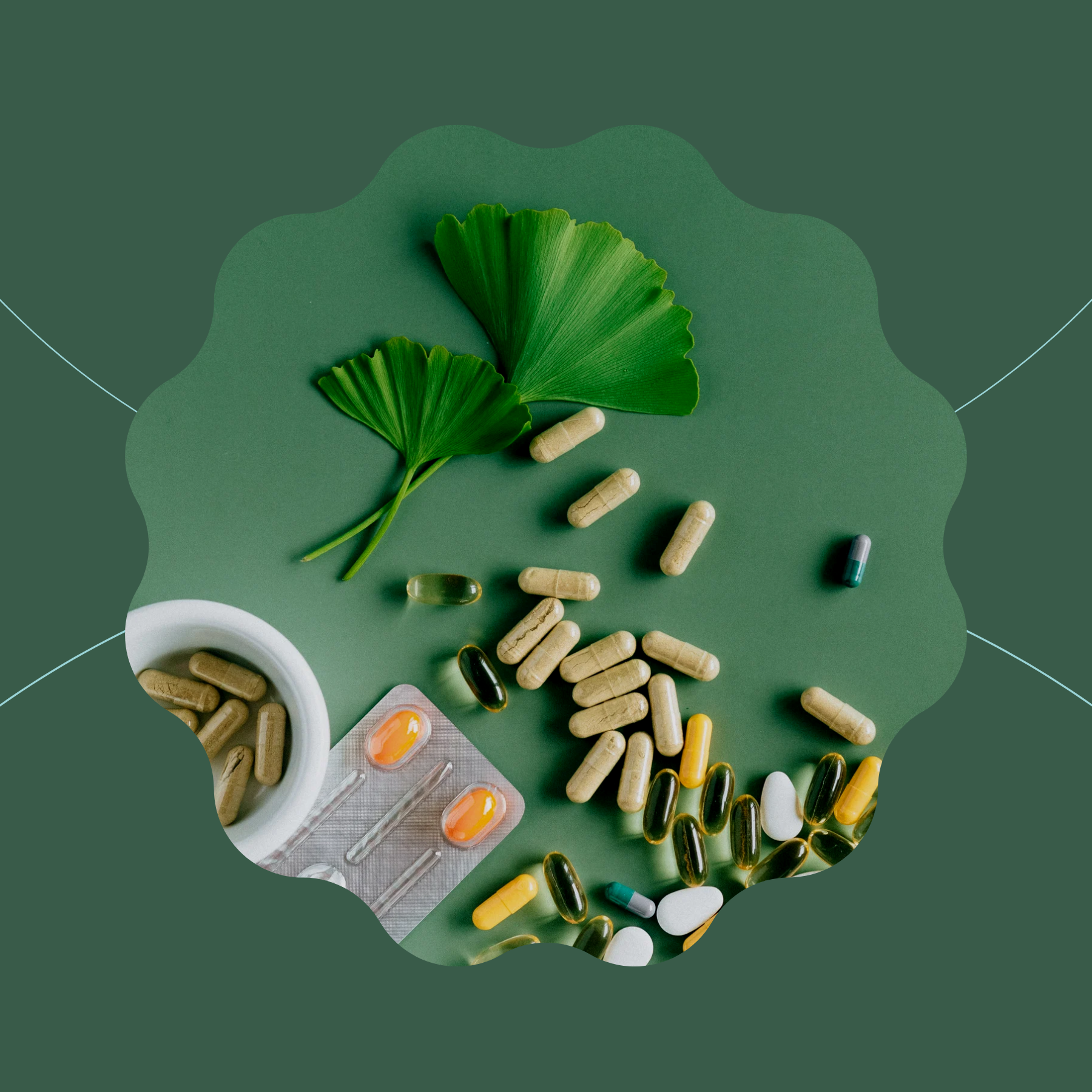
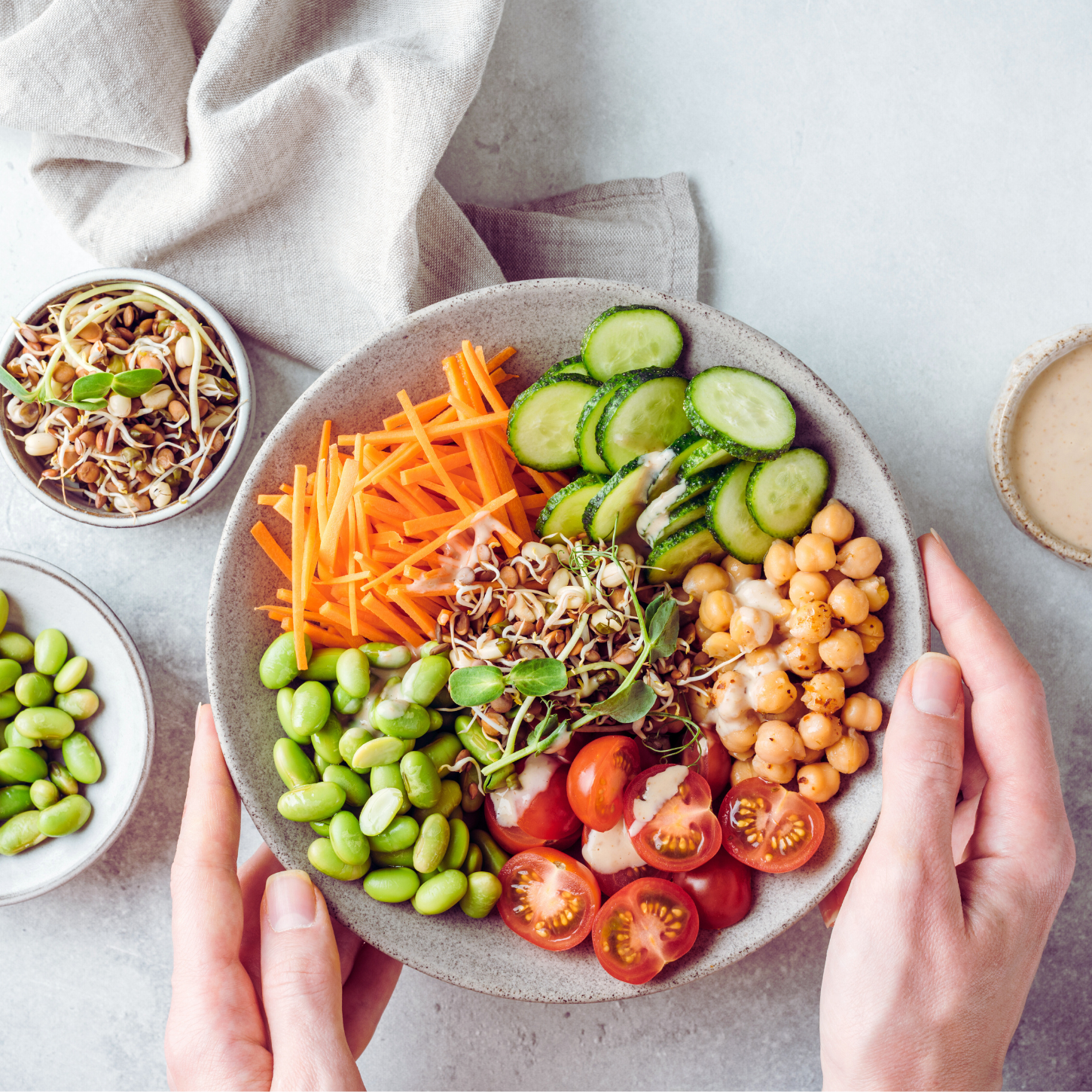


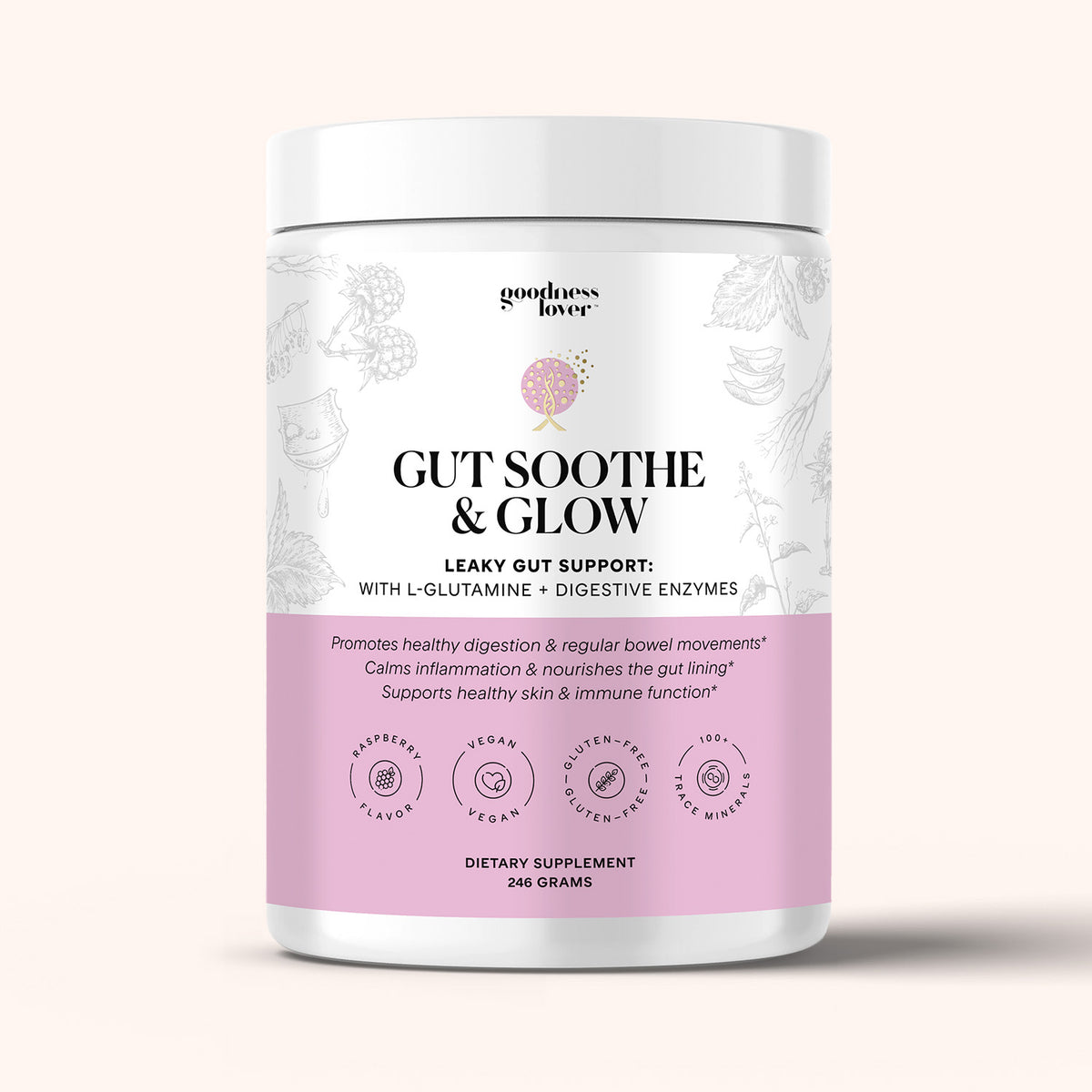
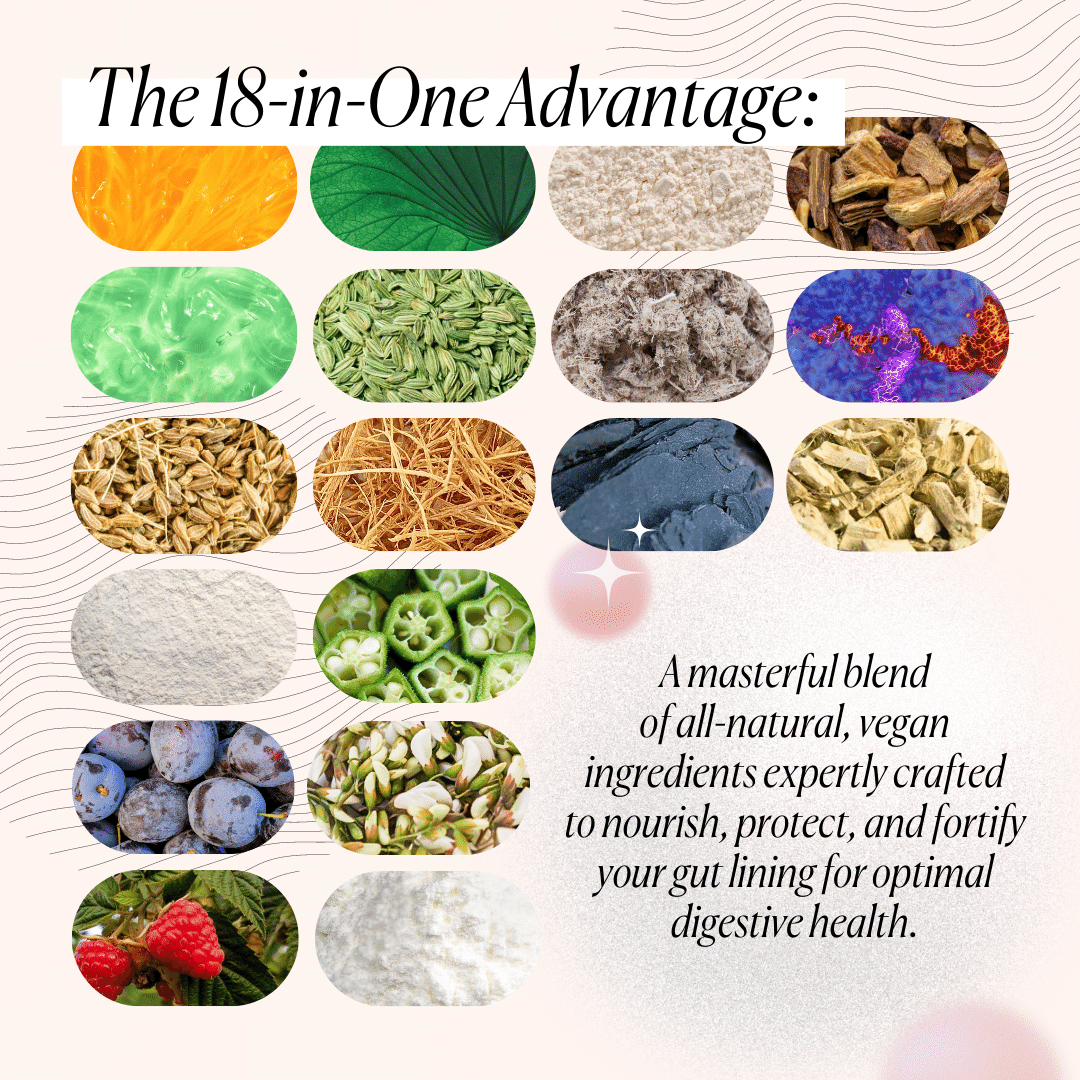

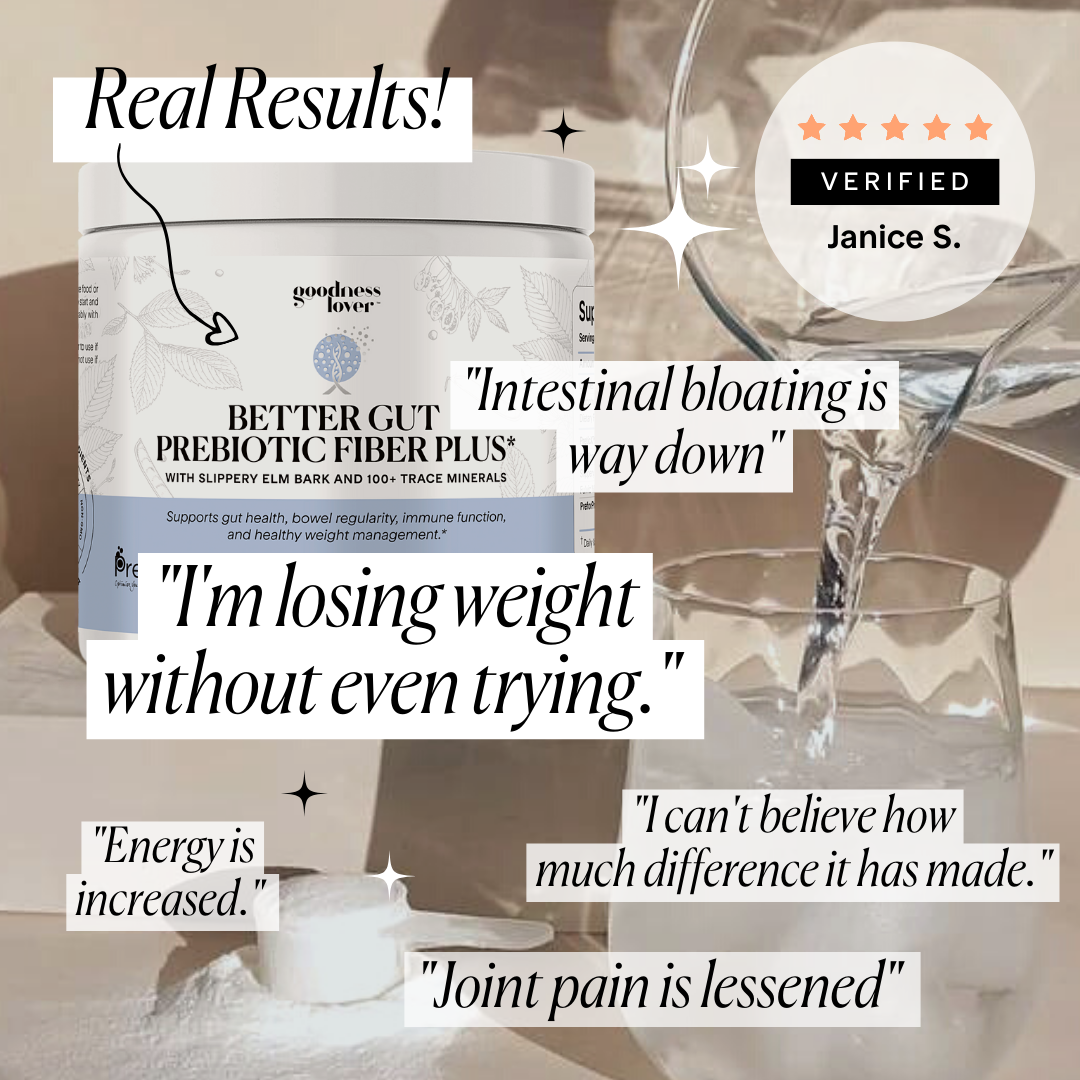
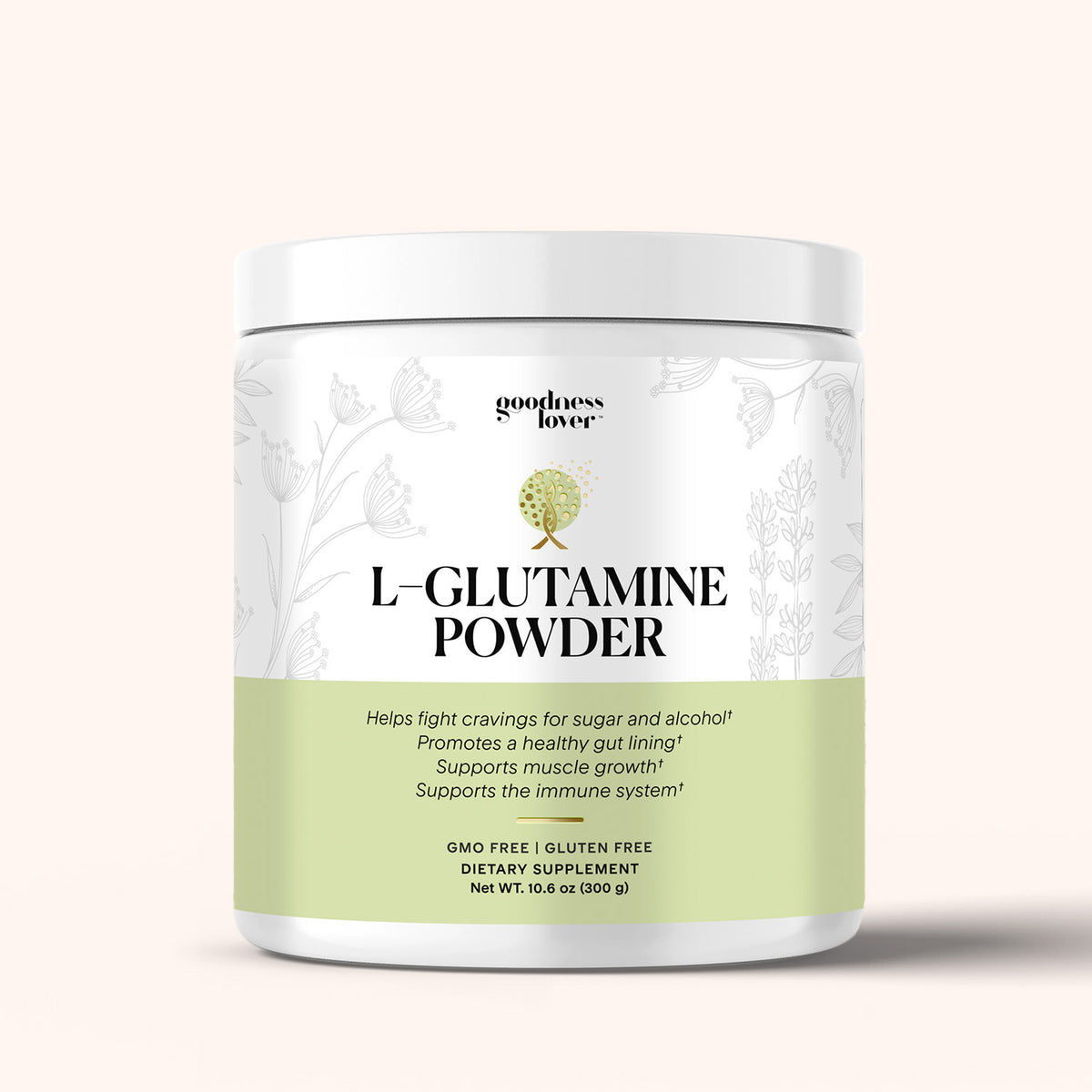
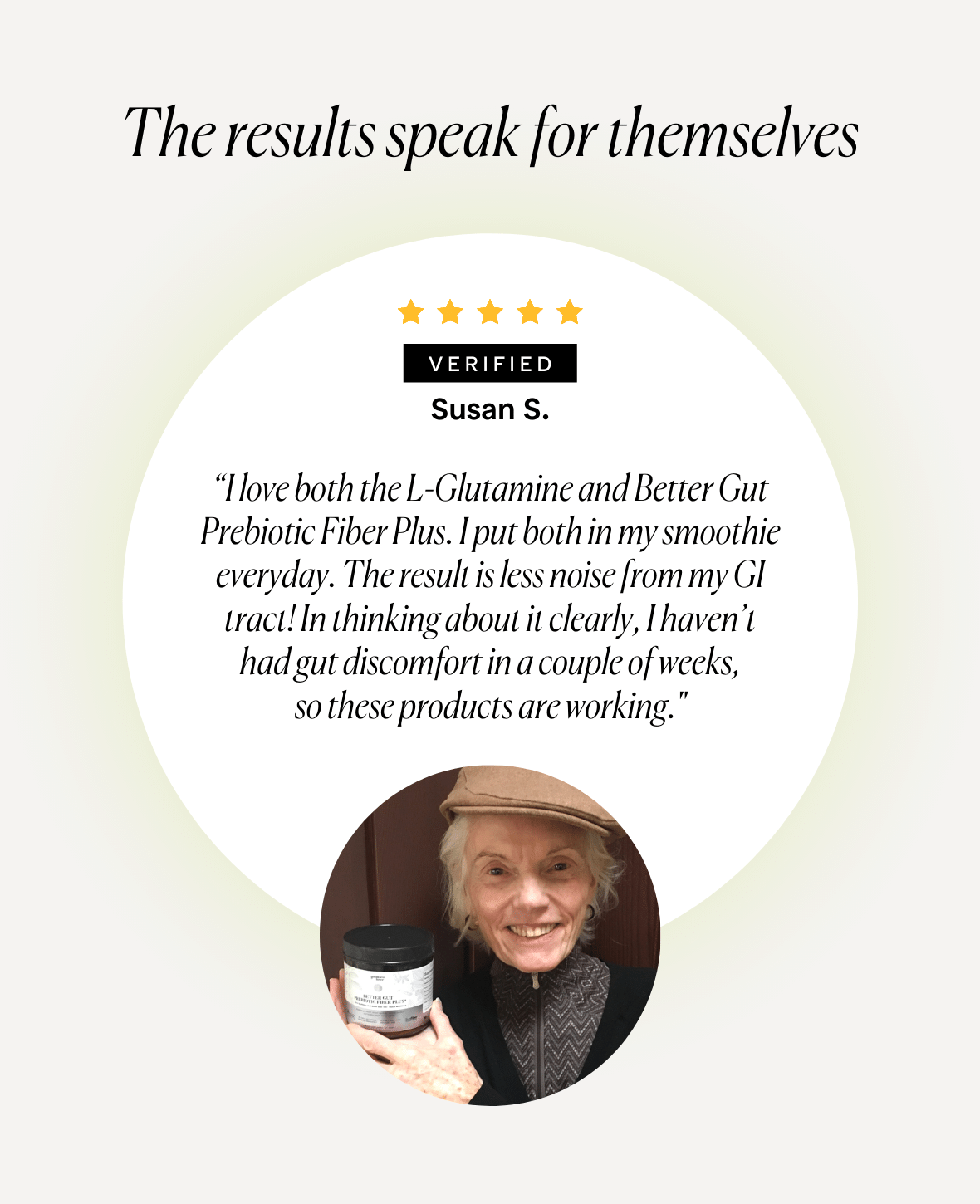

What Do You Think? Comment Below: